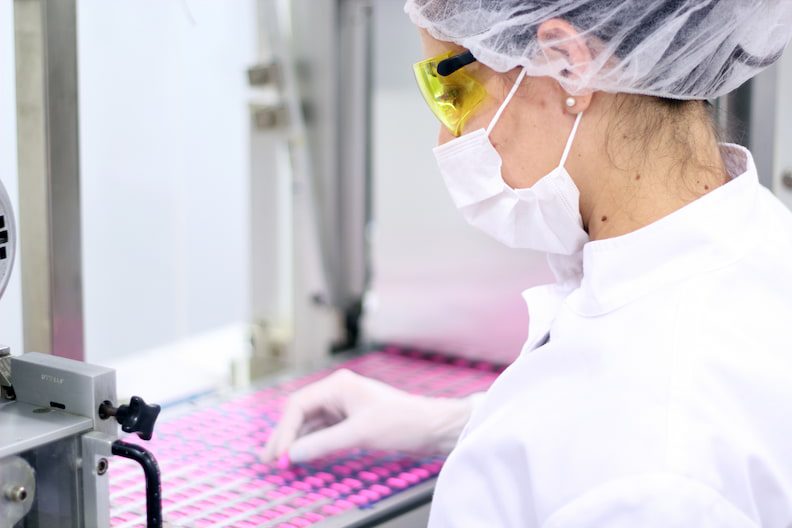The Drivers of Today’s Labor Shortage and the Impact on Recruitment

Attracting and Retaining Manufacturing Talent Today – Part 1
Why is it so hard to attract and retain employees in the manufacturing industry? What’s driving the labor shortage — and why is it so pervasive? What can companies do to overcome these challenges?
To answer these pressing questions, Shiftboard turned to the insights and expertise of several HR and operations leaders in a roundtable discussion about attracting and retaining manufacturing talent amid the current labor shortage and emerging post-pandemic era. The conversation focused on several key topics:
- The unique challenges that current events and the labor shortage present manufacturers
- How worker perceptions have changed regarding employment
- What steps leadership can take to build a workforce for the future
We’ve recapped the discussion in a three-part blog series, the first of which examines the drivers of labor scarcity today and its impact on recruitment and retention in manufacturing. Subsequent articles in the series share panelists’ perspectives on near- and long-term strategies to bolster talent recruitment and retention — and how leadership perspectives must shift to meet the needs of the future workforce.
Featured Panelists
- Rue Patel is a manufacturing consultant. He recently retired after 30 years at General Mills, where he led all aspects of manufacturing for one of the organization’s largest production facilities.
- Libby Andrews-Simmons is an HR manager at INEOS. Libby manages a 600-employee Houston-area facility for the global petrochemical company.
- Wes Swearingin is senior vice president of operations at Medline Industries. Wes oversees 48 distribution centers in North America, which employs over 10,000 team members.
- Peter Draper is vice president of customer success at Shiftboard. Peter is a workforce scheduling expert with 25 years of experience providing enterprise workforce management solutions to the manufacturing and energy sectors.
Why is Finding New Workers So Hard?
For starters, the availability of working-age people is plummeting. Baby Boomers were already around retirement age, and “COVID just accelerated things,” Swearingin commented. Aging workers may have decided their jobs entailed too much stress or were concerned about their well-being, so they decided to retire early. Younger workers may have needed to care for parents, so they felt more secure not returning to work. “So, in terms of the shrinking labor pool, these factors are burning the candle at both ends. It’s why we’re in the situation we find ourselves in today,” added Swearingin.
Pandemic stressors have also pushed younger generations to reassess their relationship with work. Many are leaving manufacturing jobs altogether due to job dissatisfaction.
“We are seeing a growing gap between the base number of people available — let alone the skills and talents required for them to be successful,” explained Patel. Indeed, with fewer young adults entering the job market — and even fewer being trade-schooled — there’s little to thwart the dwindling numbers and skill base from which to hire new talent.
“The value and the impact of a single employee now is potentially much greater,” added Draper. “On occasion, companies have to shut down a production line because the one employee with a specific set of skills is not available.”
When operations managers do find qualified people to hire, they may be so short-staffed that they end up scheduling these workers for back-to-back shifts right away. Under such unfavorable conditions, newly hired workers can burn out and quit, furthering the organization’s cycle of turnover and staffing challenges.
Manufacturers are also navigating the impact of the pandemic on operations and the extraordinary complexity of managing high-volume workforces under such dynamic conditions. Questions continue around managing the vaccinated and unvaccinated, employer mandates, and safety implications for workers and co-workers. “This has become a very complicated situation, and quite frankly, it’s created a lot of stress for all workers and managers in America,” Patel said.
What Can Employers Do?
According to the panelists, attracting quality employees in today’s challenging environment relies more than ever on improving the quality of the employment experience over time. It’s no longer adequate just to ensure a safe workplace: Organizations must also create satisfying, appealing environments where employees feel connected, understood, and valued. For example, are shifts scheduled fairly? Do employees have access to opportunities to engage with the workplace beyond clocking in and out? Are time off, overtime equalization, and flexibility built into scheduling practices?
“In short, people value flexibility over a paycheck; they want balance in their lives,” Patel said. “They want an easier place to work, or a ‘softer culture,’ if you will.”
In addition, “workers also like to see their company engaged in the community, so that can play a role as well,” Andrews-Simmons added.
Meeting these expectations adds an enormous daily challenge for operations leaders and supervisors as they strive to keep employees engaged, coming to work, staying at work, and feeling part of the team. Adapting work environments to address the needs of today’s workers is an extraordinary task. However, it is essential, especially when considering the ongoing labor shortage and other current events. With these added pressures, operations and HR leaders have started to prioritize rethinking their approach to improving the experience of manufacturing employment.
Continue on to Part 2 in our series, where we’ll share our panelists’ views on solutions employers can put into place now to adapt to a changing labor landscape.
